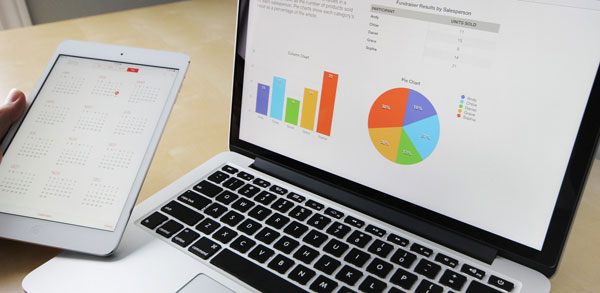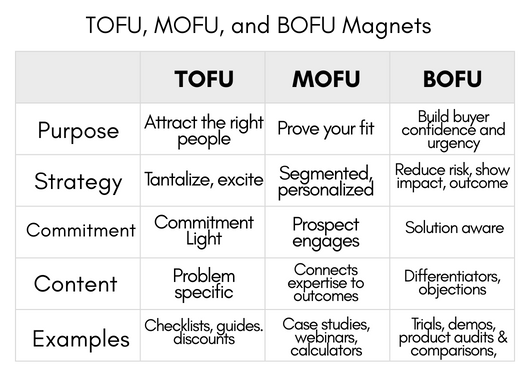In sales and marketing, reports are crucial. Key reports help you sell smarter, identify issues, and monitor your business goals. Without reports, you are making assumptions. Assumptions can lead you down the wrong path, increase follow-up fatigue, and cause you to lose new and current customers.
With that said, having the wrong reports can have the same effect as no reports. What then are your key reports? Although the reports depend on your business and your industry, there are three reports that most B2B businesses can use as a foundation.
Sales pipeline by stage
We know that a sales pipeline is a system that divides your sales funnel into stages. Common stages include Lead Generation, Prospecting, Demo or Meeting, Proposal, Closing, and Won/Lost. The sales pipeline might look different for your business, but there is probably some overlap with the common stages. A Sales Pipeline by stage report can help you see the following:
- The number of leads in your pipeline
- The number of proposals in your pipeline
- The average value of proposals
- Close-ratio
- Average time to close a sale
The metrics in the sales pipeline report can help identify gaps so you can close a sale faster, decrease the turnaround time to deliver a proposal, and look for ways to increase the value of your proposals.
Lead source channel
A lead source is an original channel from which a prospect makes the first contact with you. Lead source channels include your website, social media, networking, online advertising and search, and your phone number. Lead source reports tell you if you are reaching the right people and producing qualified leads. They tell you demographic, geographic, and profit data for client projects and help you know where to invest your next marketing budget. Tie your lead sources to conversion rates and profitability and you will have some powerful reports. See if your online advertising or your online networking produces the most qualified leads based on conversion rates, your costs to acquire the client, and your time.
Project deliverables and deadlines
One of the quickest ways to get a negative review from a customer is delayed project completion or product delivery. When you have multiple hands involved in a project or product deliverable, you need to know the status in real-time. Creating a report to see the status of projects and products will help you stay ahead of schedule and on time. You will also have a happy customer. Here are a couple of ways to use a project deliverable report:
- Create a calendar or timeline for each deliverable
- Review the assignment of task owners for each stage of the deliverable process
- Identify potential obstacles and be ready so that you can deliver on time
Conclusion
The title of this article ends with “…in one place.” The one place is your CRM. You should have the ability to set up key reports in your CRM. The CRM does the heavy lifting by populating the reports from the data that is entered through automation (i.e. lead generation form, phone call recording, etc.) and manual entry (i.e. importing spreadsheets, updating customer information, etc.).
If you are not using a CRM to manage your contacts and analyze reports, you are running the risk of Follow Up Fatigue and inaccurate data. This is a risk that you can’t afford. Contact us at 301-332-0613 to schedule a demo of our robust and affordable CRM, X2CRM.






